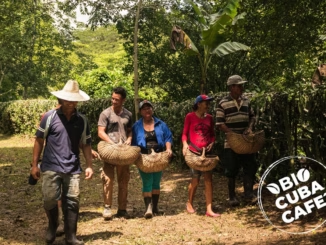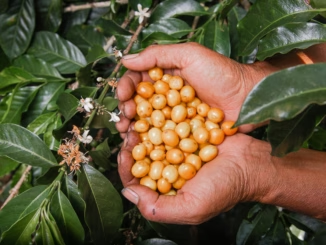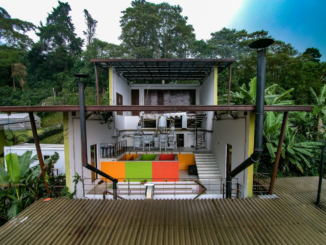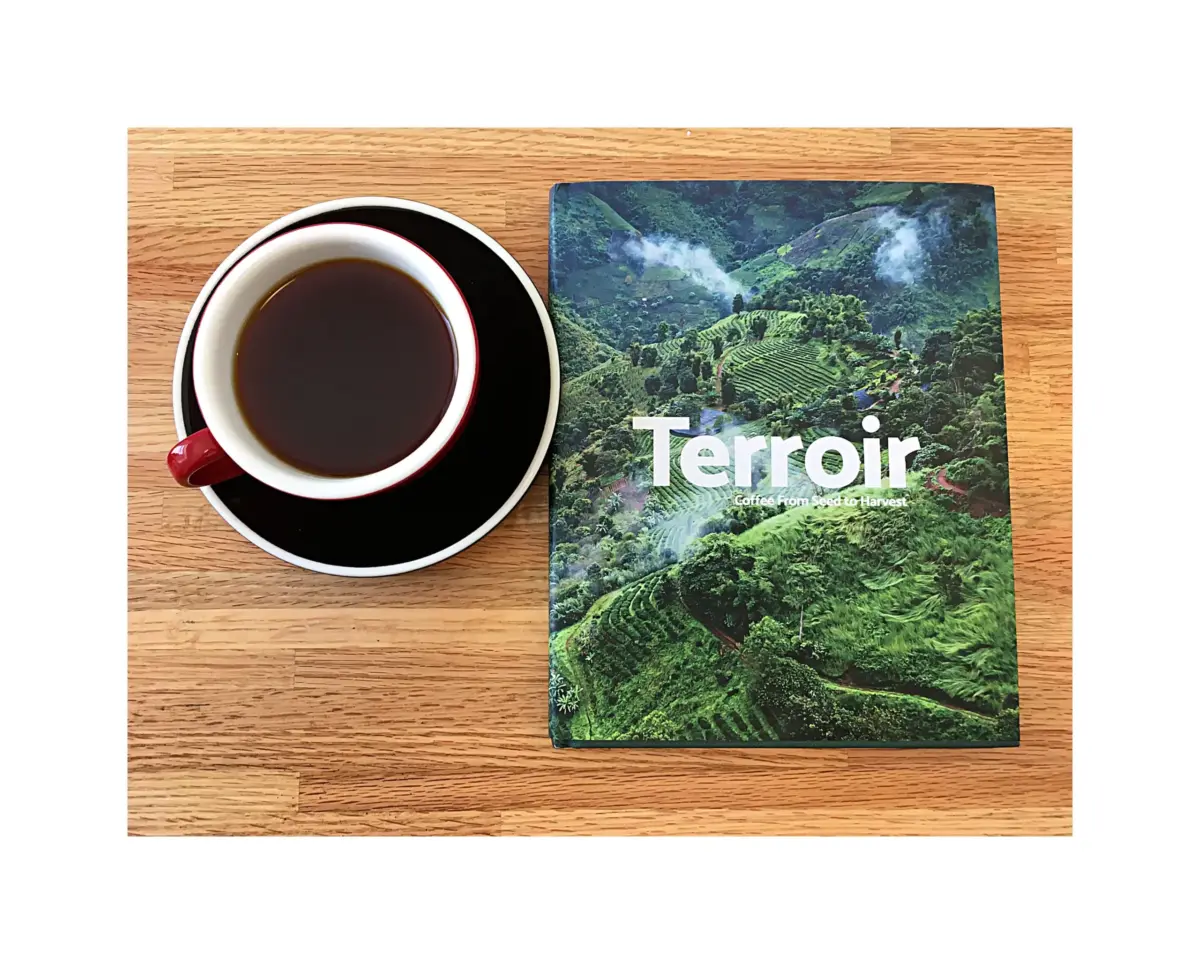
Jeremy Challender, dean of studies at Barista Hustle, recently published Terroir, an interesting book that—in its five chapters—analyzes everything there is to know about growing coffee.
BY TANYA NANETTI
SENIOR ONLINE CORRESPONDENT
Photos by Tanya Nanetti
It’s not often that Barista Hustle—the famous Australia-based educational project—publishes a book.
That’s why we had to get our hands on their newest release. Written by Jeremy Challender, dean of studies at Barista Hustle, Terroir: Coffee From Seed to Harvest is already perfect from the outside. The hardcover has a beautiful image of a tranquil landscape of hills covered with coffee fields that entices you to dive in to learn more about the wonderful world of specialty coffee.
Inside, written in clear but highly scientific language, five chapters look at everything you need to know about growing coffee and the effects different factors can have on the coffee crop.
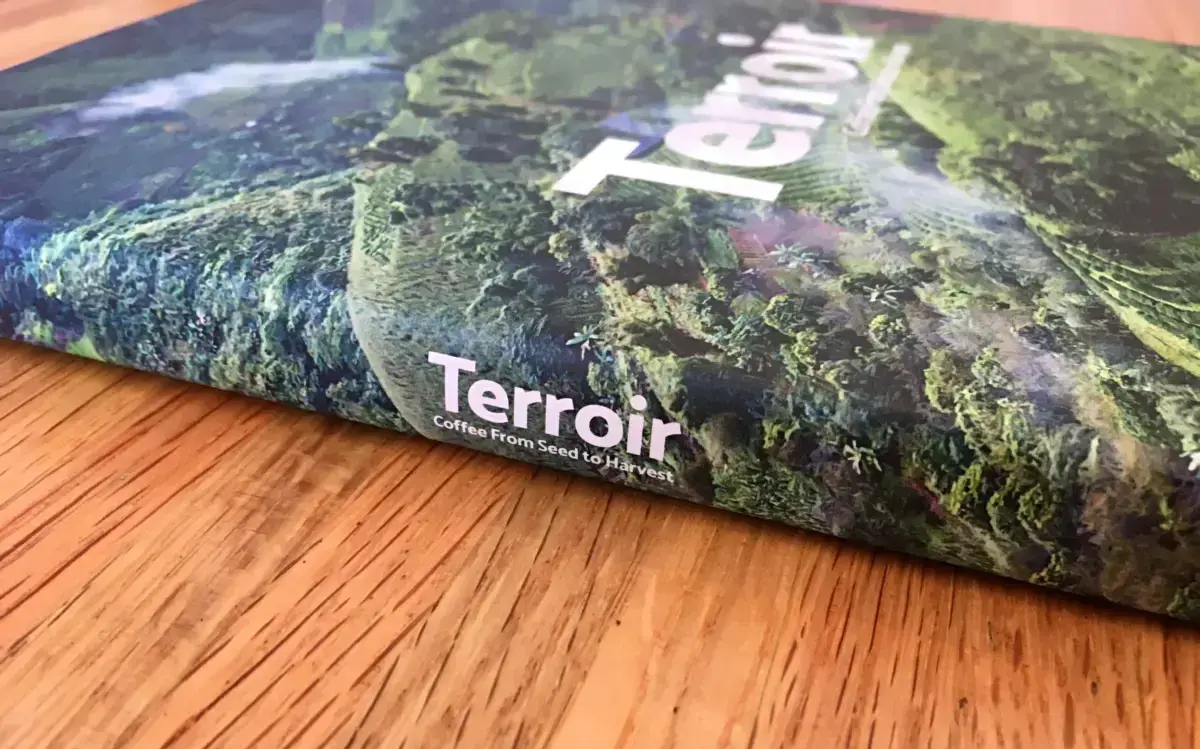
How Coffee Grows
“Growing Coffee,“ a chemistry-heavy chapter, explains everything from photosynthesis to the different molecules that make up a coffee plant. It then compares different types of terroirs, analyzing how altitude, latitude, and slope orientation affect coffee growth.
Also, through interviews with Willem Boot and Luiz Roberto Saldanha, we discover coffee cultivation at high altitudes (in Boquete, Panama) and high latitudes (in Parana, Brazil, south of the Tropic of Capricorn), respectively.
Finally, we get the answer to a question often asked by the coffee community: Does shade-grown coffee taste better?
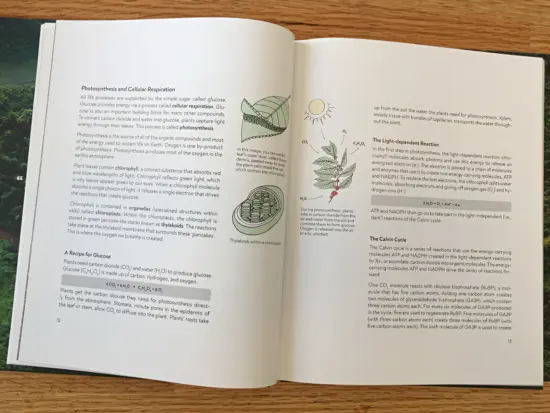
Physiology and Agronomy
The next chapter, “Factors that Limit Plant Growth,“ opens with an introduction to the physiology of the coffee plant. It then delves into agronomy by analyzing all the factors that can affect plant growth, including soil compounds and weather conditions.
Tim Wendelboe, in an interesting interview, shares his knowledge on organic farming, cover and shade crops, and soil chemistry.
Coffee Plant Growth
The central chapter, “Inputs,“ is an in-depth look at all the factors and practices that can influence the growth of a coffee plant. It covers everything from the density of trees in a plantation to mulching and cover crops to irrigation systems and nutrients.
Graciano Cruz, a specialty farmer from Panama, also explains the potential of drip irrigation in this chapter.
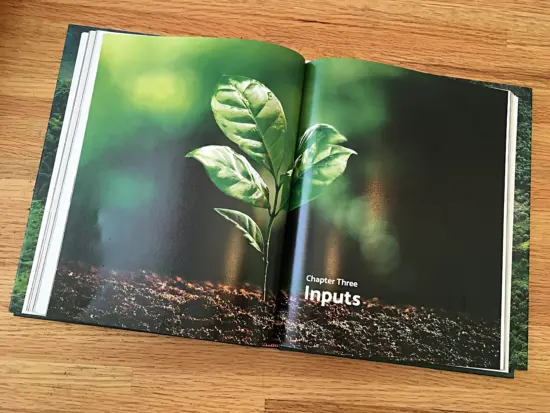
Potential Pathogens
The next chapter, “Pathogens,“ covers all the parasites, fungi, and diseases that can affect a coffee tree and ways to prevent them. It details these threats to the livelihoods of coffee farmers while also weighing in on treatments such as pesticides. Further, this chapter describes ways to manage environmental costs for those trying to grow sustainably.
Short- and Long-Term Effects of Climate Change
The final chapter, “Climate Change,“ addresses the projected impacts of climate change on the terroir of coffee to determine whether jobs in the coffee industry have long-term potential.
With the help of tools known as Global Circulation Models (GCMs), which make predictions (short-term) and projections (long-term) about climate change, this final chapter tries to explain what will happen, in the near and distant future, to coffee plantations around the world. Here, interesting images show projections of how climate will change in specific geographic areas, followed by an analysis of how coffee farming can adapt to future challenges through new coffee varieties and farm relocations to new areas and land at higher altitudes.
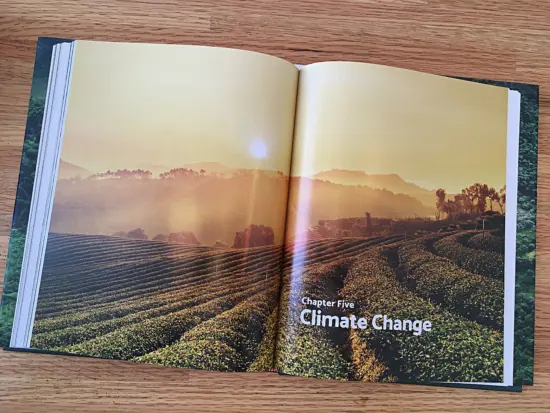
Environmental Footprint
Just before the end of the book, Jeremy’s last words strike like a bolt from the blue.
Like all other human activities, coffee production is responsible for climate change, but unexpectedly, farming, processing, and shipping are not the sectors most responsible.
“Forty-five percent of the total carbon footprint of coffee,“ Jeremy concludes, “results from the brewing process!“
Unnecessary hot water heating, inefficient machines, inadequately insulated boilers, and excessive use of non-renewable energy are just some of the problems associated with coffee preparation. These are problems that we need to solve as soon as possible if we want to help preserve the unique terroir of coffee-producing countries.
Terroir is For Coffee Lovers
All in all, Terroir is a must-read for anyone working in the coffee industry. Despite its use of scientific and technical language, it is not a difficult read and may also be of interest to coffee lovers eager to learn more about their favorite beverage.
ABOUT THE AUTHOR
Tanya Nanetti (she/her) is a specialty-coffee barista, a traveler, and a dreamer. When she’s not behind the coffee machine (or visiting some hidden corner of the world), she’s busy writing for Coffee Insurrection, a website about specialty coffee that she’s creating along with her boyfriend.
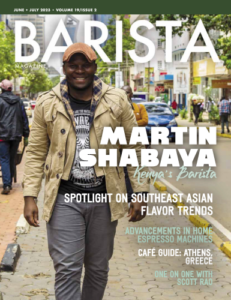
READ THE LATEST BARISTA MAGAZINE
Out now: It’s the June + July 2023 issue of Barista Magazine featuring Martin Shabaya of Kenya on the cover. Read it for free with our digital edition. Get your Barista Magazine delivered; start a subscription today! Visit our online store to renew your subscription or order back issues.


